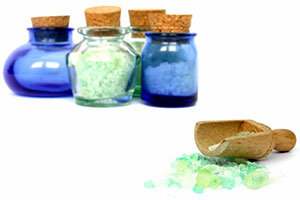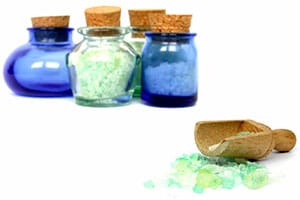
Dangers and Challenges of Synthetic Drugs
Synthetic drugs have become particularly popular with young people looking to experiment with mind-altering substances while reducing the risk of detection. The American Association of Poison Control Centers (AAPCC) reports that over 60 percent of synthetic drug related cases involved individuals under the age of 25. Young people exploring drugs have long employed unusual substances, using household products among other things to obtain some form of high or hallucinogenic experience. However, synthetic drugs often pose an additional set of risks directly related to their new and unfamiliar nature. Synthetic drugs can result in severe side effects that are challenging for doctors to treat due to the often unknown and extremely variant chemical nature of the substances. The characteristics that make synthetic analogs of common drugs undetectable by standard drug tests also make negative reactions and potential treatments very murky. When synthetic drugs are combined with alcohol or other drugs, the resulting reactions can be even more difficult to decipher and treat. A significant challenge for those who are working to eradicate synthetic drugs is the fact that many of them are not only readily available, but legal. Because these substances differ from drugs that are explicitly banned by drug legislation, many can be legally obtained over the counter until the government takes specific steps to ban them.
Synthetic Cannabis
Synthetic cannabis has come in many forms and been given many nicknames over the years. The most popular form of synthetic marijuana is called ‘spice,’ and it is a prime example of an illegal drug analog that was legal for many years because it was not chemically identical to the substance it mimicked. For many years, neither synthetic marijuana nor the ingredients in synthetic marijuana were subject to legislation. In the mid 2000s, some of the common components of synthetic marijuana were banned by the Drug Enforcement Administration (DEA.) However, many vendors were still able to openly advertise varieties of synthetic cannabis that they claimed did not contain any of the banned components. It was not until mid-2012 that the federal government banned all synthetic cannabis products. Synthetic cannabinoids also pose dangers to users in addition to challenging drug enforcement officials. While the effects of the drugs feel similar to marijuana, the chemical properties are different. Synthetic marijuana does not contain cannabidol, which helps marijuana users to feel sedated and free of anxiety. Synthetic cannabinoids stimulate the brain’s receptors to a much greater degree, increasing the risk of overdose and psychotic episodes.
Smiles – The Newest Form of ‘Bath Salts’
One of the newest synthetic drugs making headlines is a hallucinogenic drug known as 2C-1, or ‘Smiles.’ This drug is similar to bath salts, which are synthetic forms of cocaine or LSD. The drug generally comes in white powder form, and it causes auditory and visual hallucinations. Like synthetic marijuana, ‘Smiles’ was not explicitly banned until the summer of 2012. Many users have been more willing to experiment with ‘Smiles’ and other synthetic hallucinogens because they believe that these drugs, like LSD or mushrooms, are unlikely to cause immediate bodily harm. However, ‘Smiles” has already been responsible for a number of deaths, and both the direct effects and the side effects of this drug appear to be much more volatile and unpredictable than ‘traditional’ hallucinogens. This difference highlights one of the greatest risks associated with synthetic drugs of all kinds. In search of drugs that will give highs that mimic other drugs, users may end up with substances that produce a similar immediate high but have very different side effects and other long lasting consequences. Synthetic drugs are not only mysterious to the people hoping to eradicate them—they are often just as mysterious to the people who use them.

